
Hosted by Long and Short Reviews.
Click here to read everyone else’s replies to this week’s question and to read everyone else’s replies to this week’s question and here to see the full list of topics for the year.
Edit: Just so you all know, Blogger is being finicky about letting me comment again. I’m able to comment on a few blogspot sites, but most of them are giving me an error message. I will keep trying!
This is one of those questions that I’d give a different answer to every month or so depending on whose books I’m reading and what portions of history I’ve most recently studied.

Ms. Colvin in 1952, three years before she refused to give up her seat.
Most of the history classes I took in school covered the exact same stories about kings, wars, and presidents over and over again every year, so I try to study the cultures, people, and events they skipped over now that I’m an adult and can expand my knowledge of the world.
Lately, I’ve been reading about the life of Claudette Colvin.
Everyone has heard about Rosa Parks refusing to give up her seat to a white person, but Ms. Colvin did it nine months before Ms. Parks did.
Because Ms. Colvin was a teenager at the time, the civil rights organizations of the time decided that they’d wait for a case involving an adult to challenge segregation on buses.
Whoever was chosen was going to be dealing with quite a bit of racism and hatred for speaking up, and they weren’t sure that Ms. Colvin was emotionally prepared for it.
I think she would have done a marvellous job, though, and should have been recognized for her courage from the beginning.


 I know that not every Top Ten Tuesday participant lives in the Northern Hemisphere or in a part of the world that has similar seasons to Ontario, but some of us are inching closer to spring with every passing day.
I know that not every Top Ten Tuesday participant lives in the Northern Hemisphere or in a part of the world that has similar seasons to Ontario, but some of us are inching closer to spring with every passing day.
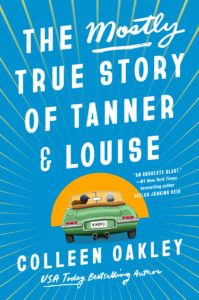
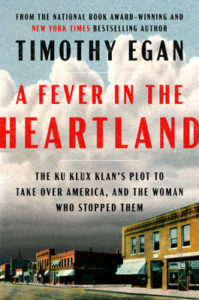
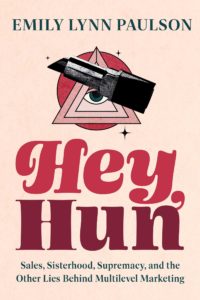
 Title: The Old Man at the End of the World
Title: The Old Man at the End of the World This is a story that happened when I was about two years old. I don’t personally remember it, and there aren’t any photos from this day so far as I know. Luckily, my parents made sure to tell me all about it once I was old enough to form longterm memories.
This is a story that happened when I was about two years old. I don’t personally remember it, and there aren’t any photos from this day so far as I know. Luckily, my parents made sure to tell me all about it once I was old enough to form longterm memories. While I currently have no plans to meet any of these bookish people, it would be cool if that changed someday.
While I currently have no plans to meet any of these bookish people, it would be cool if that changed someday.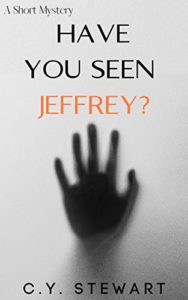 Title: Have You Seen Jeffrey
Title: Have You Seen Jeffrey I don’t think anyone will be surprised by this answer, but English was my favourite subject in school.
I don’t think anyone will be surprised by this answer, but English was my favourite subject in school. Xenofiction is written from the perspective of a non-human protagonist.
Xenofiction is written from the perspective of a non-human protagonist.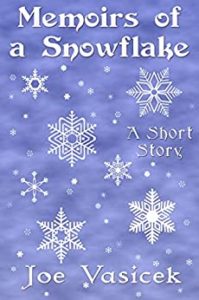

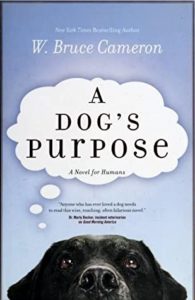
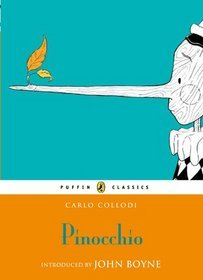

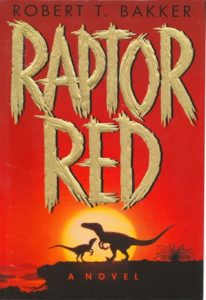
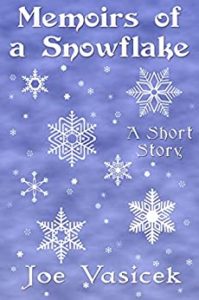 Title: Memoirs of a Snowflake
Title: Memoirs of a Snowflake The first website I remember visiting is
The first website I remember visiting is